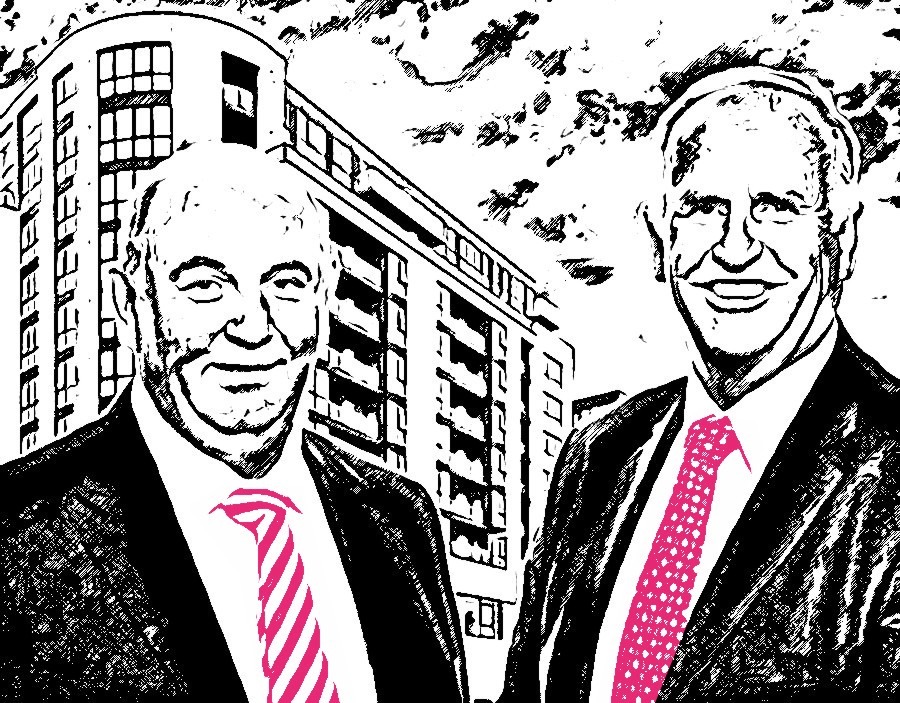On October 28, An Bord Pleanála granted planning permission for a strategic housing development of 67 houses and 35 apartments, along with a creche and shop, off the Rosshill Rd on the eastern outskirts of Galway city. The successful applicant is Alber Developments, the local property and construction company run by the Duffy family in the city. The site where the 102 new homes will come out of the ground is, however, owned by a separate entity called Fifinella Property Company. Fifinella valued the land at €12 million on its latest balance sheet on June 30, 2020 – a figure…
Cancel at any time. Are you already a member? Log in here.
Want to continue reading?
Introductory offer: Sign up today and pay €200 for an annual membership, a saving of €50.

